We tend to think of plants as innocent background extras—just quietly photosynthesising and minding their own business.
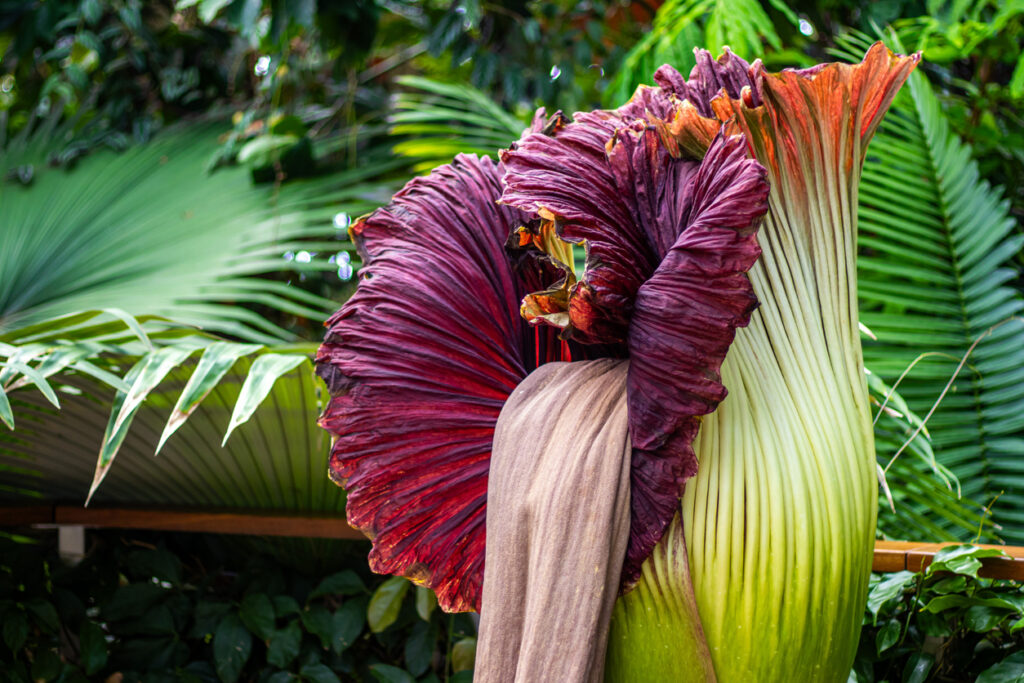
However, when you dig a little deeper, you’ll find some of them aren’t quite as passive as they seem. Some trap, trick, or manipulate the world around them in ways that feel suspiciously intentional. If plants ever do rise up against us, these 10 will be leading the charge—and honestly, we should’ve seen it coming.
1. The Venus flytrap
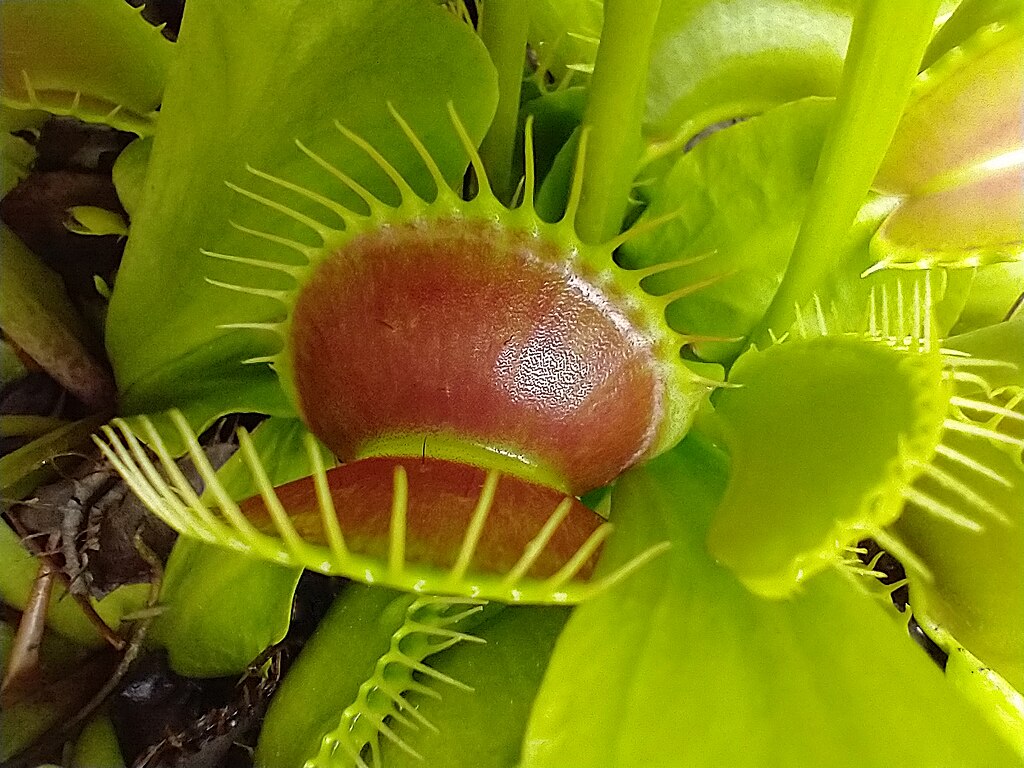
Let’s start with the obvious one. The Venus flytrap doesn’t just sit there waiting for food to fall in—it calculates. It waits for two touches on its sensitive trigger hairs before snapping shut, like a security system with a code. Once it traps an insect, it starts digesting it alive. Slowly. Quietly. No mercy. If this isn’t the plant version of a booby trap, nothing is. And the worst part? It still looks kind of elegant while doing it.
2. The corpse flower

This towering nightmare blooms rarely, but when it does, it reeks of rotting flesh. Why? To lure in carrion-loving insects that will unknowingly pollinate it. It smells so convincingly awful that people have called emergency services during its bloom. It’s the equivalent of dressing up as a corpse to get a date. You can’t tell me that level of strategy isn’t a bit calculated. It knows exactly how to get attention, and it’s not above a little horror theatrics.
3. The strangler fig

It starts off innocently enough, growing on top of a host tree. But over time, it sends roots down and wraps itself around the host, slowly choking it out while stealing its light and nutrients. Eventually, the host tree dies and rots away, leaving the strangler fig standing tall in its place. It’s a long con. It’s patient. It’s ruthless. Honestly, it feels like a plant that read a Machiavelli quote and took it to heart.
4. The sensitive plant (Mimosa pudica)
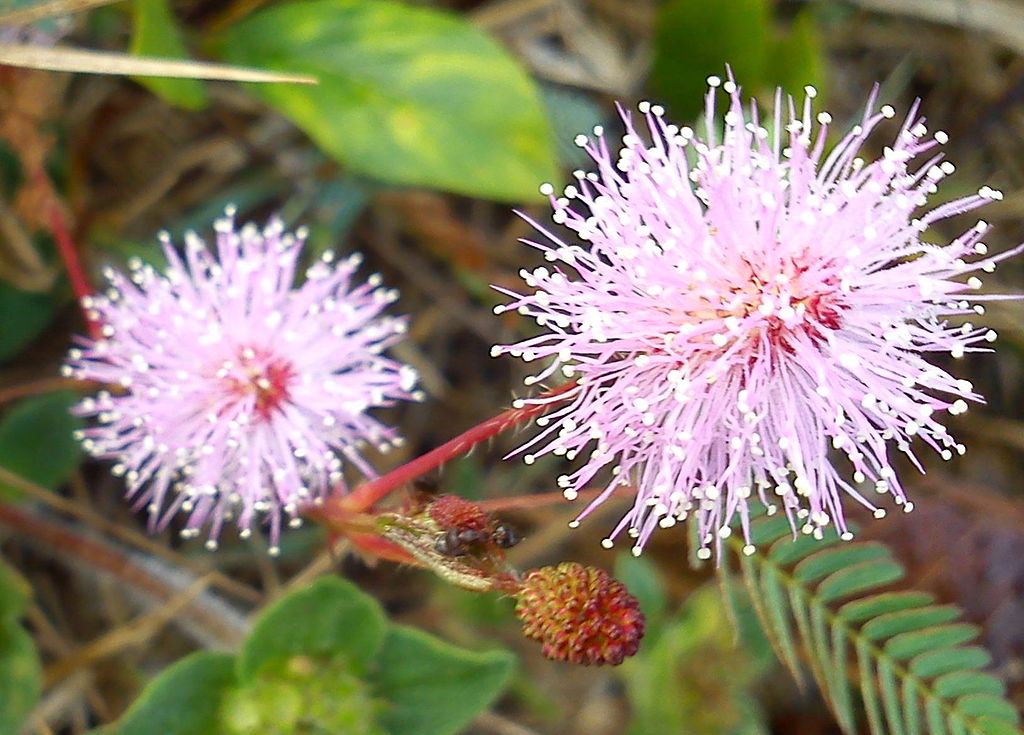
Touch its leaves, and they instantly fold up, like it’s trying to pretend it’s not home. It’s not dangerous, but it is suspiciously good at drama. It reacts faster than most animals, folding up at the slightest disturbance. What’s it hiding? Why the theatrics? It feels like a plant that knows way more than it lets on, but is playing coy while watching you from behind a curtain of green.
5. Pitcher plants
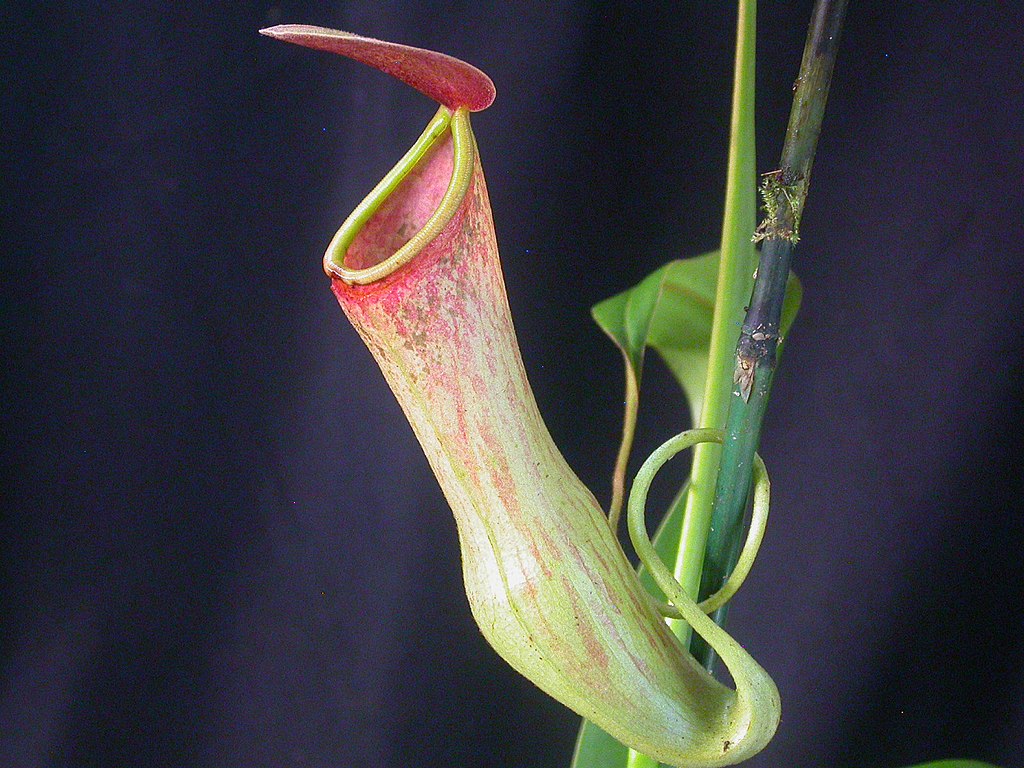
These plants don’t trap bugs with brute force—they seduce them. Their slick, colourful insides smell sweet and inviting, leading insects to slide in and drown in digestive fluid. It’s disturbingly effective. It’s like a botanical con artist: charming on the outside, deadly on the inside. And some pitcher plants even adjust their liquid levels depending on the size of their prey. That’s not just biology—that’s strategy.
6. The sandbox tree
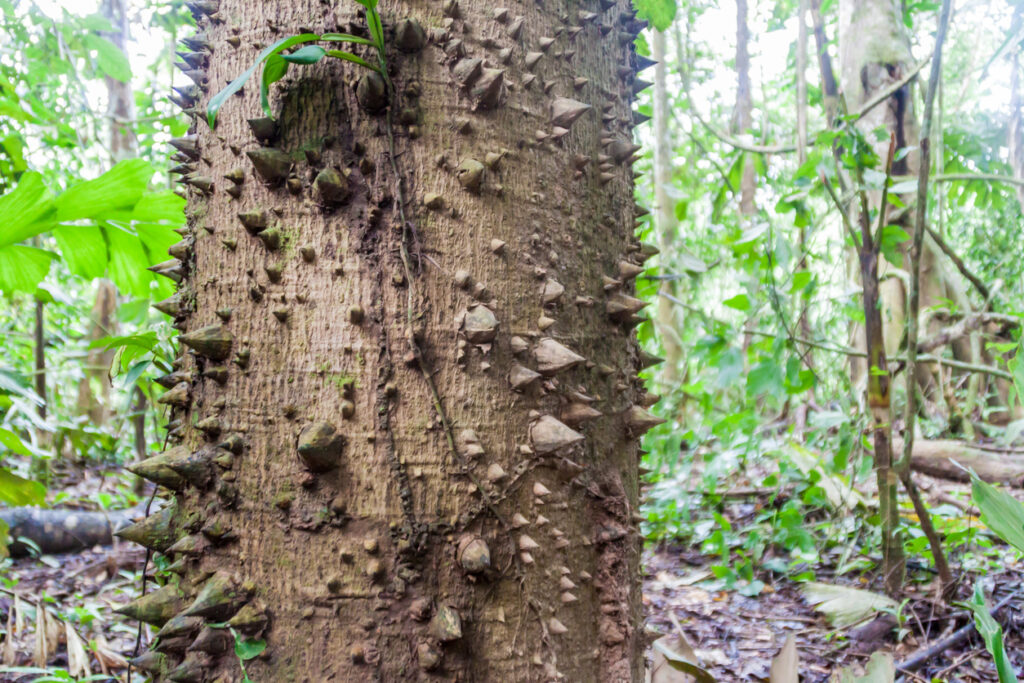
Also known as the “dynamite tree,” this thing literally explodes to spread its seeds. The pods can burst with such force that they send seeds flying up to 60 metres at speeds that can injure animals or people nearby. Imagine walking past a tree and it suddenly launches a high-speed seed at your head. It’s less a plant and more a natural weapon disguised as a tree. If it could aim, we’d all be in serious trouble.
7. Dodder vines
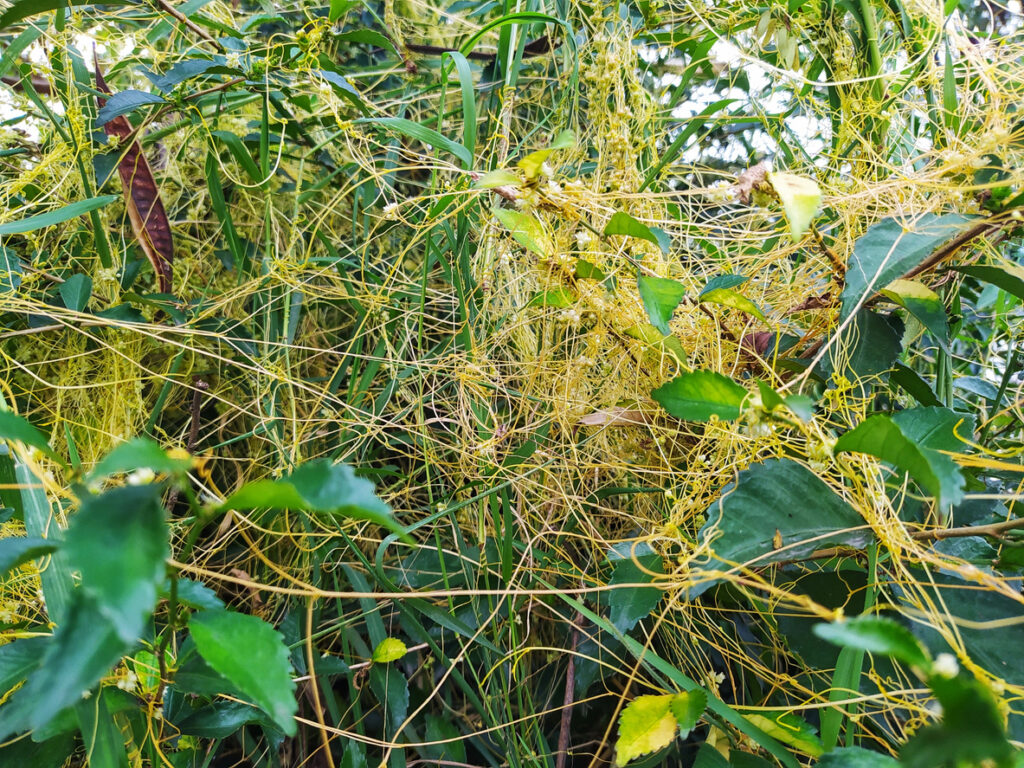
These parasitic plants don’t photosynthesise like most others—they attach themselves to other plants, tap into their systems, and siphon off their nutrients. But here’s the weird part: they choose who to latch onto, detecting chemical signals and even “sniffing out” preferred hosts. They’re like creepy little hackers of the plant world, ignoring light and soil in favour of piggybacking off the hard work of others. If that’s not opportunistic, I don’t know what is.
8. Tickle me not fern
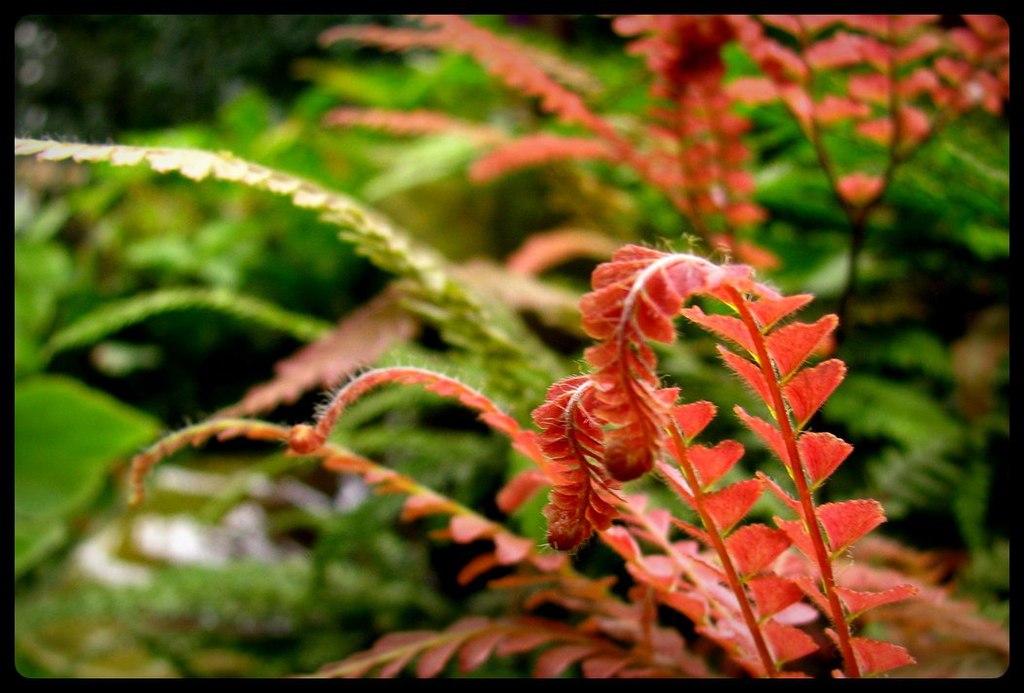
Similar to the sensitive plant, but even more reactive. These plants fold dramatically at the slightest touch, then slowly reopen when the coast is clear. They seem to be testing boundaries and seeing how far they can push the theatrics. It’s not clear if it helps them survive, or if they’re just being dramatic for fun. Either way, they give off strong “don’t mess with me” energy, and I respect it.
9. The telegraph plant
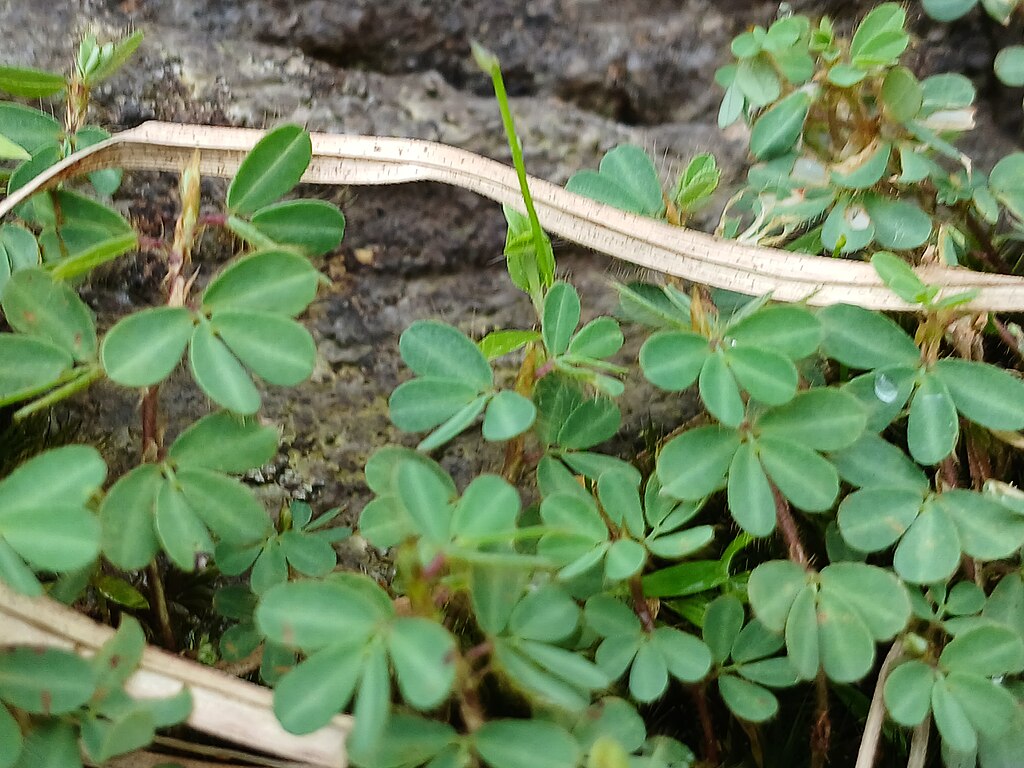
This plant moves its leaves constantly, even without being touched—shifting, fluttering, adjusting like it’s scanning the environment or trying to tune into some signal we can’t hear. It’s one of the few plants you can watch move without time-lapse. There’s something a little too active about it, like it’s monitoring things in real time. If any plant is quietly running calculations on us, it’s this one.
10. Bamboo

Seems harmless, right? Except for the fact that some species can grow more than 35 inches in a single day, and others explode out of the ground with enough force to crack concrete. Entire villages have had to relocate because of rogue bamboo invasions. It’s basically the fast-forward button of plants—growing aggressively, spreading wildly, and dominating whatever space it can get into. It doesn’t just want to survive. It wants to take over.